Each year, the National Forest Foundation plants millions of trees across the extensive 193 million-acre National Forest System. Our reforestation projects help restore and revive forest habitat, providing innumerable benefits and resources to all. As the seedlings grow into mature trees, they will also help National Forests recover from wildfire, insect outbreaks, past extractive activities, and more.
Below are a handful of the projects we are supporting this year thanks to our corporate partners, Sapling Members, and individual donors.
Visit our map to see the full tally of this year’s projects.
2023 Project Spotlights:
Whitebark pine and fire recovery on Helena-Lewis and Clark National Forest, Montana
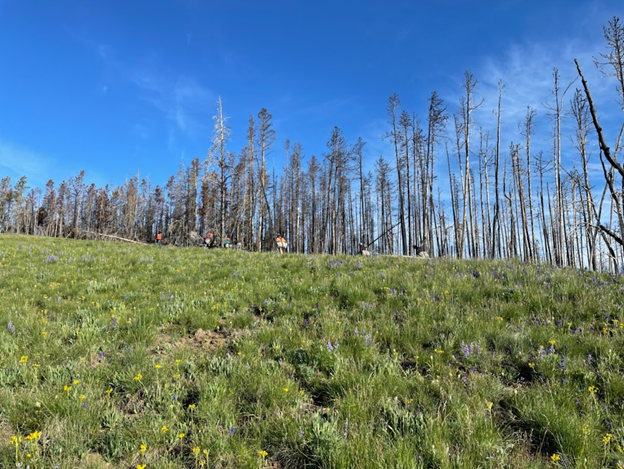
Photo by the U.S. Forest Service.
In 2021, the Woods Creek Fire burned more than 55,000 acres across southwest Montana, including more than half on high elevation forest stands within Helena-Lewis and Clark National Forest. Within the fire perimeter, approximately 600 acres of mature whitebark pine stands were lost to the fire. Whitebark pine, a recently federally listed threatened species, is critical to high elevation ecosystems, providing life-sustaining food and habitat to animals and other plant life. Replanting whitebark pine seedlings on the fire scar will improve soil stability and snow holding capacity and contribute to the overall conservation of this important tree species.
Fire recovery on Lincoln National Forest, New Mexico
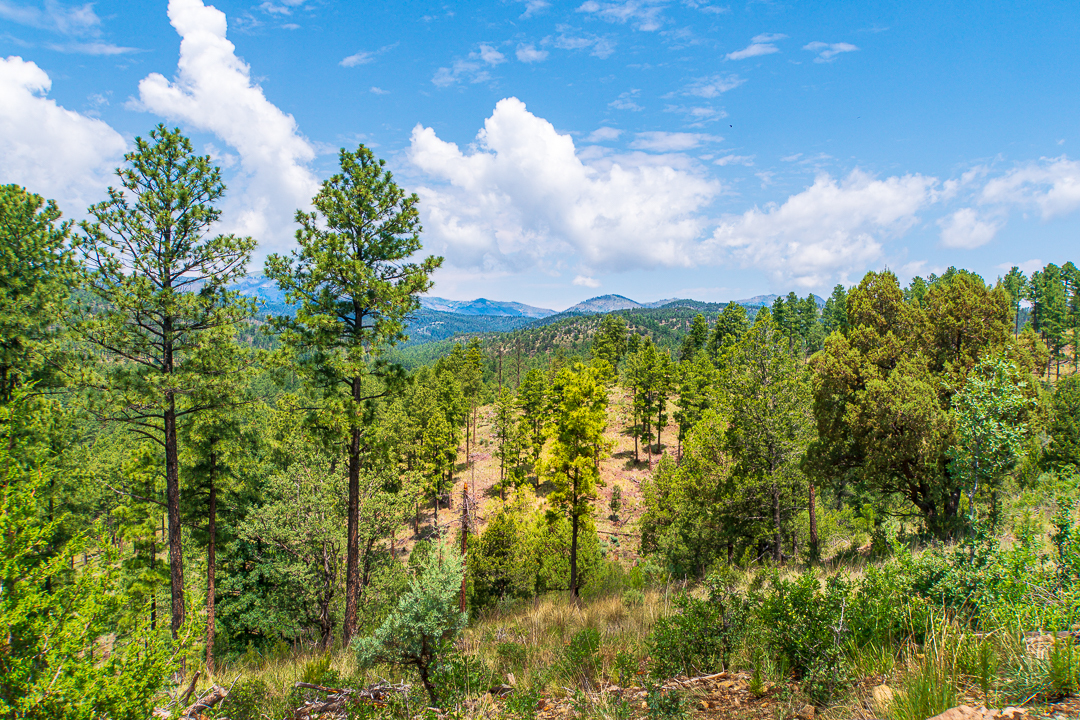
Photo by Egidio Leitao.
Over two decades ago, parts of Lincoln National Forest burned in the Scott Able Fire. Several areas experienced 50-75 percent tree loss, making forest regeneration difficult without a natural seed source, even after all this time. To support recovery and improve the nearby Agua Chiquita watershed, we will plant a mix of native conifer seedlings on the burn scar. Our Forest Service partners will plant in patches and clumps to mimic organic forest patterns.
Sequoia grove and fire recovery on Sequoia National Forest, California
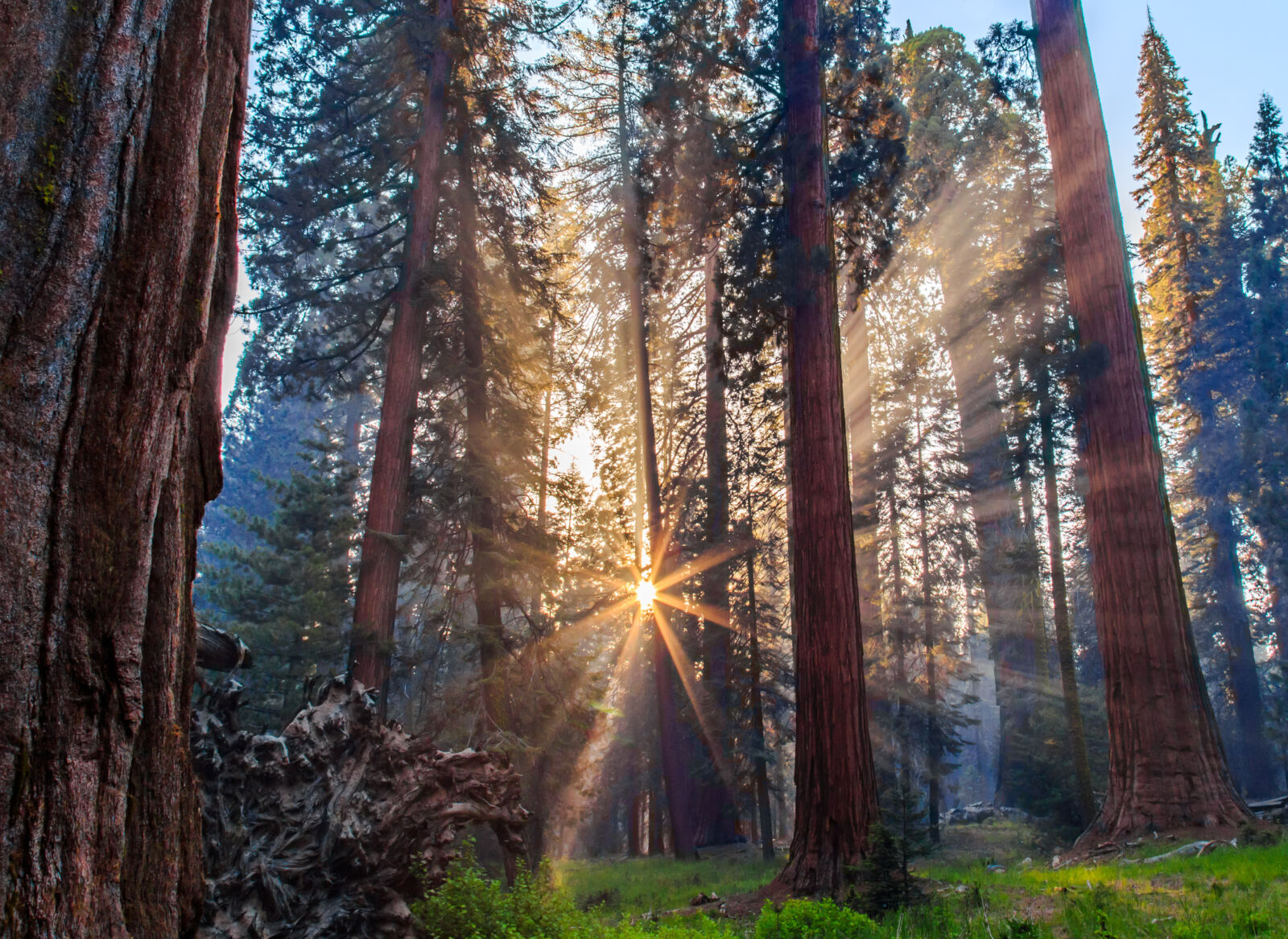
Photo by Nina Ritchie.
In 2021, the lightning-caused Windy Fire burned through giant sequoia groves, killing nearly all of the monarch sequoias - the largest, supportive trees in the grove - in Deer and Starvation Creeks on Sequoia National Forest. This year, the forest will begin its long recovery effort, planting giant sequoia, ponderosa and sugar pines, and white fir seedlings. The impacted creeks feed an important source of San Juaquin Valley’s water supply. Replanting here will help restore the watershed and provide habitat for fisher, condors, goshawks and more.
Recovery from multiple fires on Umatilla National Forest, Oregon and Washington
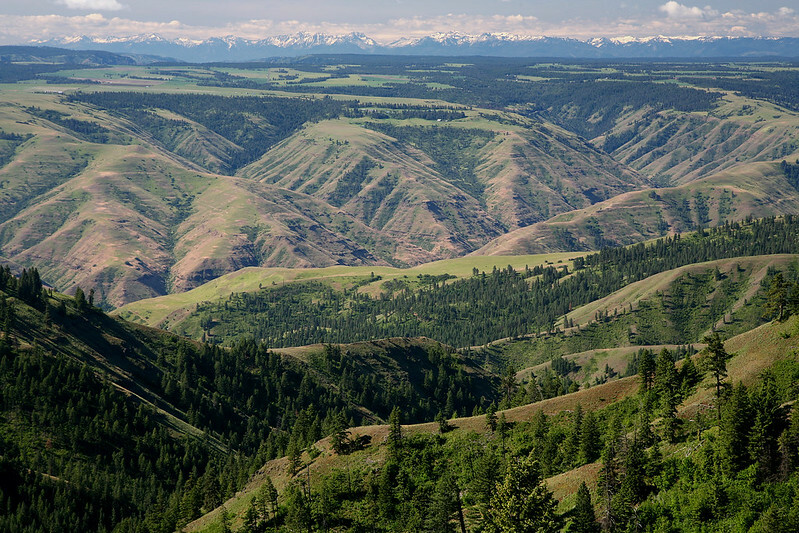
In 2021, the Elbow Creek, Green Ridge, and Lick Creek Fires burned at varying intensities across 150,000 acres of state, private, and federal lands in northeast Oregon and southeast Washington. Umatilla National Forest was hit hard by the fire, spanning both states, and now has around 6,000 acres of high priority reforestation need. Reforestation efforts will begin this year and focus on restoring headwaters important for downstream water quality and steelhead trout habitat. This project will also plant rust-resistant western white pine across the burn scar for improved forest structure and future resilience.
The U.S. Forest Service created a story map on the record fire year and planned restoration efforts on the Umatilla.
Beetle recovery and native longleaf pine expansion on Mississippi National Forests
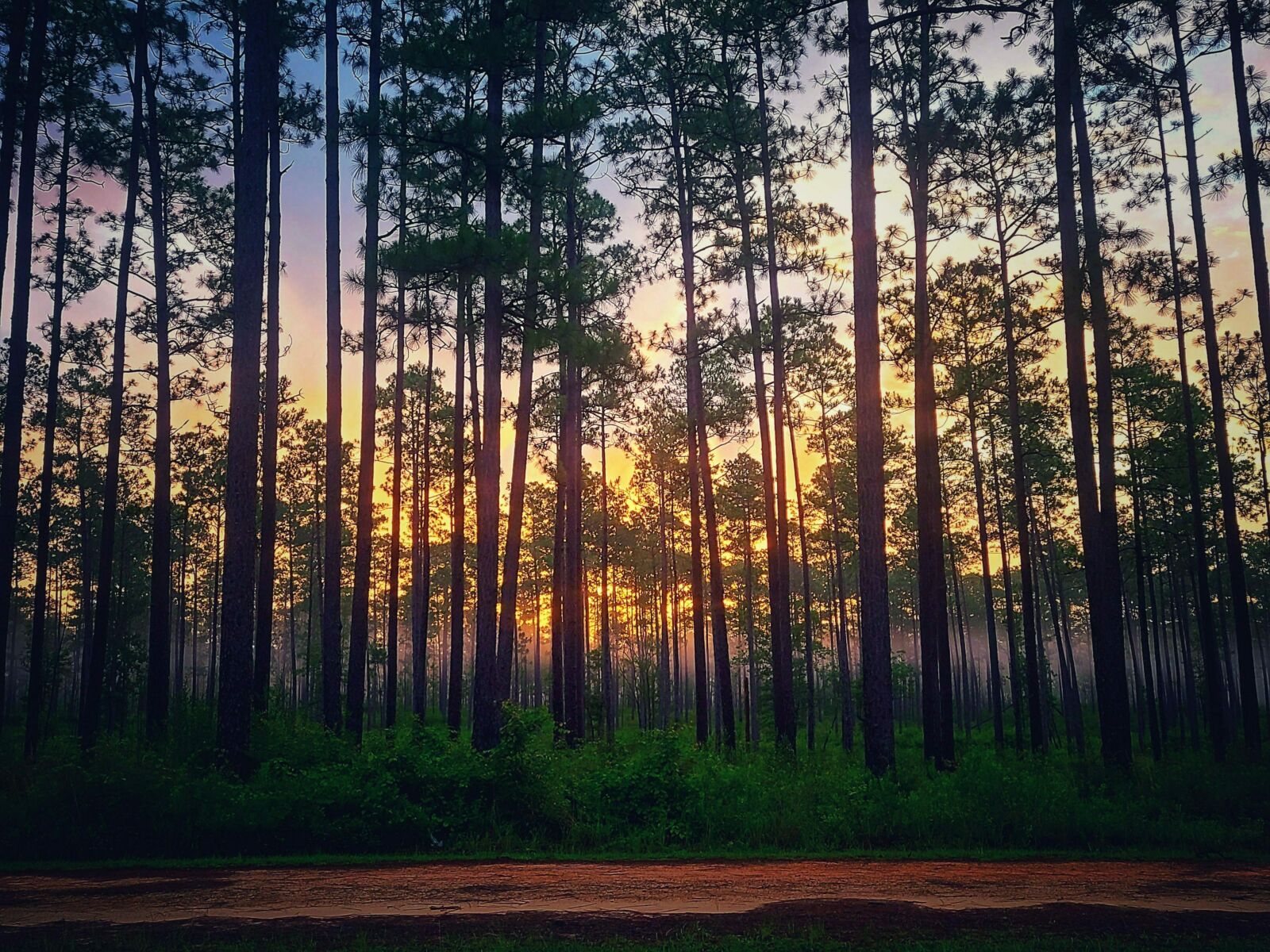
Photo by Katie Keenan.
For nearly a decade, over 30,000 acres of Mississippi National Forests have been affected by southern pine beetle outbreaks. Thousands of acres have been treated to suppress beetle activity, and in 2023, we are helping recovery efforts on the Mississippi’s Bienville Ranger District. Longleaf pine seedlings will be planted on sites historically planted to loblolly pine and slash pine, expanding native longleaf pine habitat while supporting bark beetle restoration.
Longleaf pine was once the largest forest ecosystem in North America, but today exists on less than five percent of its historic range. The species is long-lived, highly resistant to fire, and comprises one of the most biologically diverse ecosystems in North America. The NFF has supported longleaf restoration on Mississippi National Forests for several years. Learn more about our efforts here.
Native habitat and diversity planting on Hiawatha, Michigan
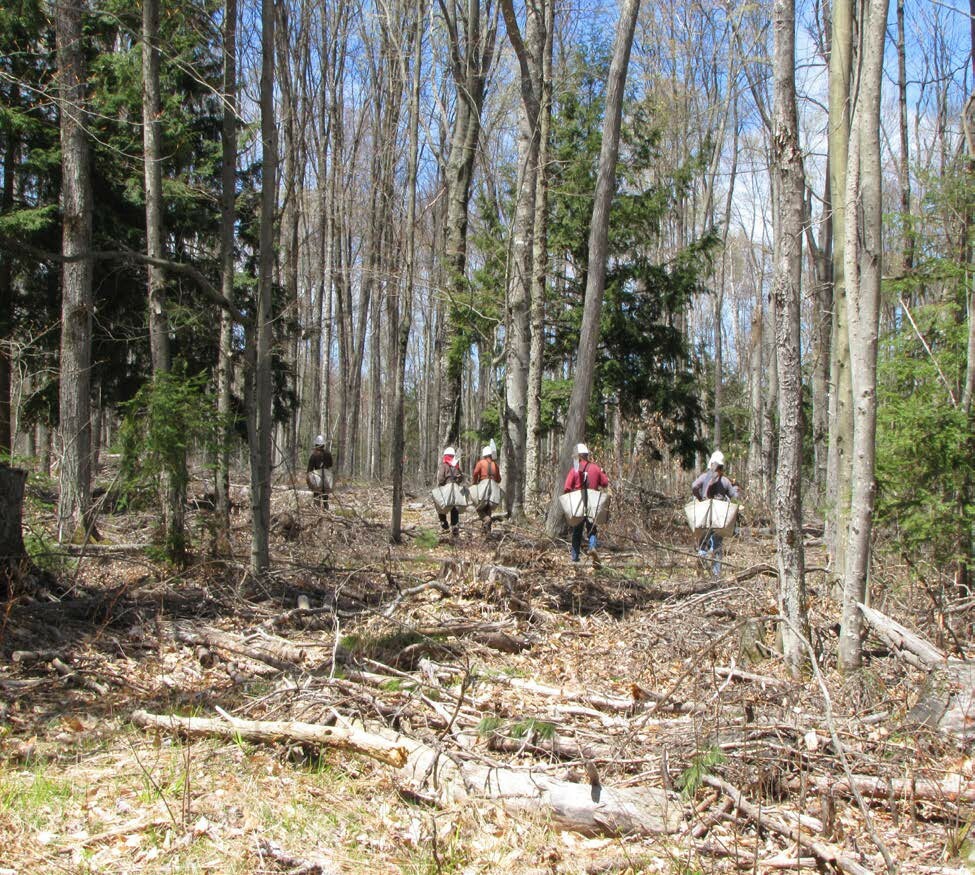
Photo by the U.S. Forest Service.
Historical logging in Michigan forests removed much of the native eastern white pine and eastern hemlock species from parts of what is now Hiawatha National Forest. The removal of these conifer species weakened resilience and resistance in Great Lakes forests. To help re-establish native forest communities and increase species diversity, eastern white pine and eastern hemlock seedlings will be planted within hardwood canopy gaps on Hiawatha National Forest.
Cover photo by First Track Productions.
--------
As you can see, planting trees is a vital and cherished part of our work on National Forests nationwide. Planting trees is a team effort at NFF from field managers to finance officers to our communicators and more. Your unrestricted gift helps ensure the entire NFF team is strong, focused, and ready to get trees in the ground. Please give today by simply clicking here. Thank you!

